Scada Table was designed by Rolab Studio in collaboration with Bilgin Studio and Kalyon PV. This project utilized a robotic 3D printing technique to fabricate the table components, which proved to be a powerful tool for designers. This innovative approach provided greater flexibility and control in creating complex shapes, as well as reducing the material waste associated with traditional manufacturing methods.
By using robots to 3D print the components, the project was able to achieve a high degree of precision and accuracy, resulting in a perfectly fitted and visually striking end product. Additionally, the use of sustainable materials such as PLA further enhanced the sustainability of the production process.
In Scada, more than 20 pieces will be 3d printed using a robotic arm. With the help of a semi-transparent acrylic tabletop, it will be possible to see all 21 elements joining together to create this massive Table.
In conclusion, the integration of robotics and 3D printing technology in the fabrication of table components offers designers greater creative freedom, while reducing waste and improving efficiency. This approach has the potential to revolutionize traditional manufacturing techniques and contribute to a more sustainable future.
Project Info
Designers: Rolab Studio
Location: Istanbul, Turkey
Year: 2023
Photographer: Yi?italp Behram
Software Used: Rhinoceros3D, Grasshopper3D, CInema4D
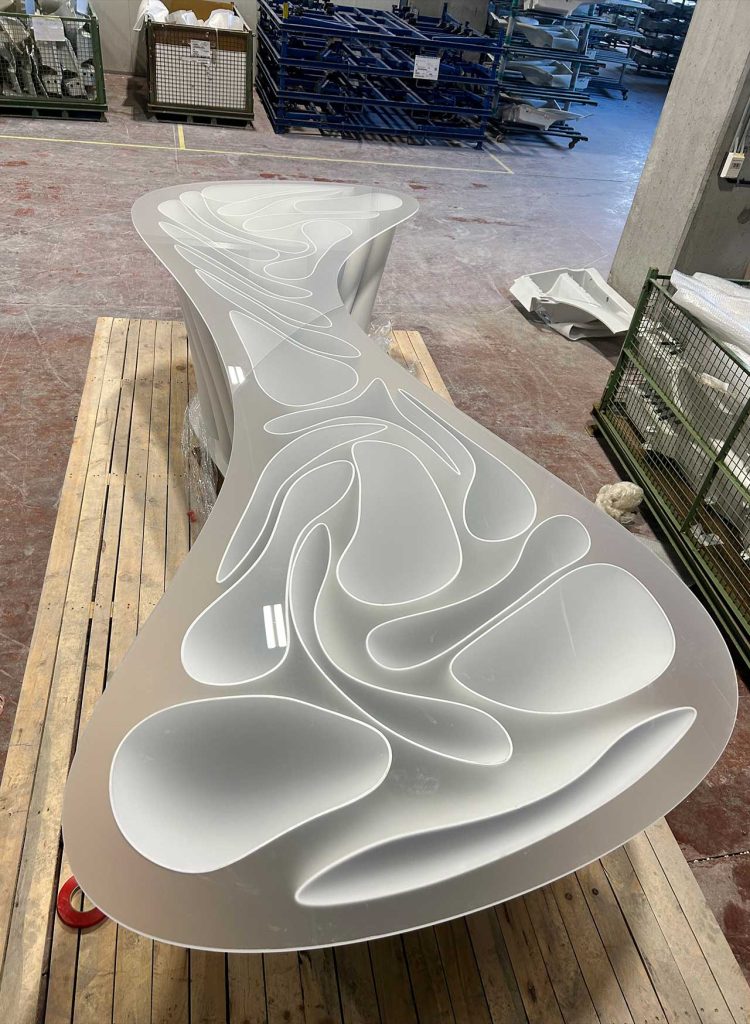
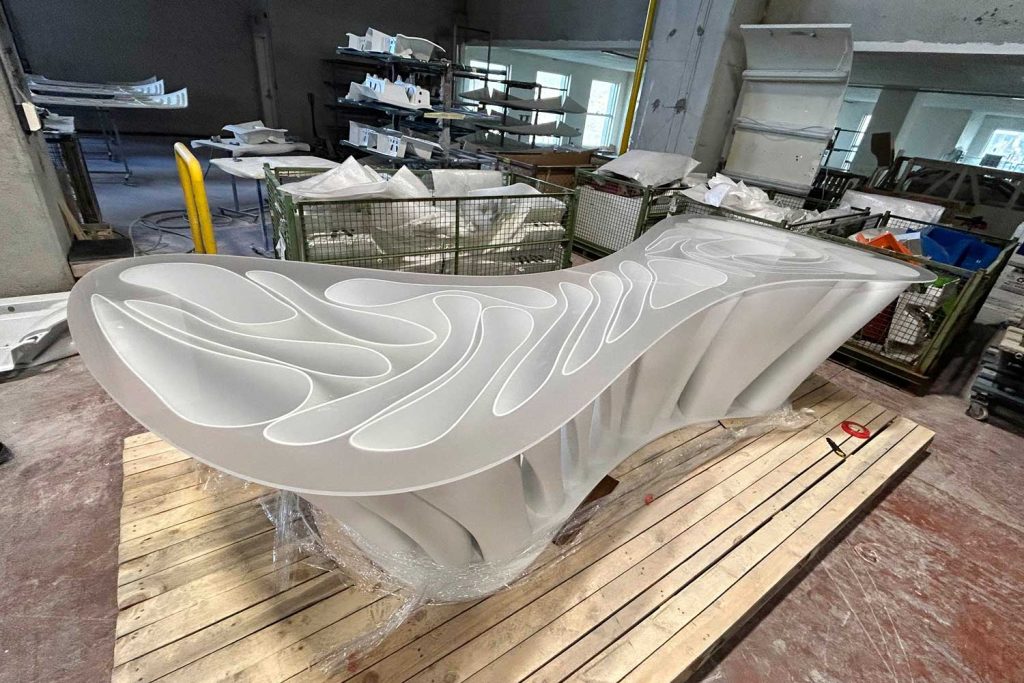

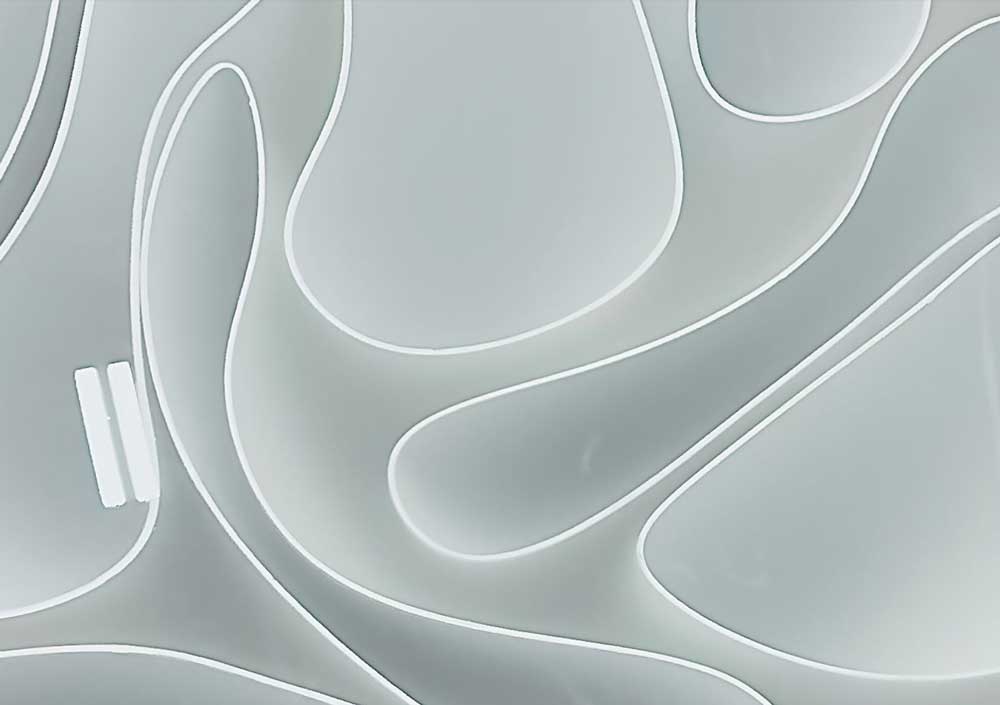
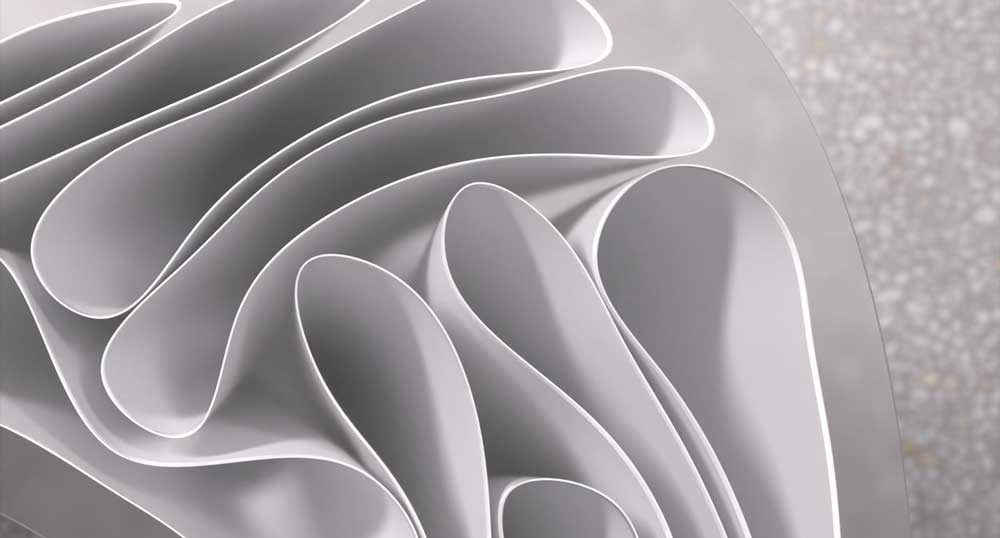
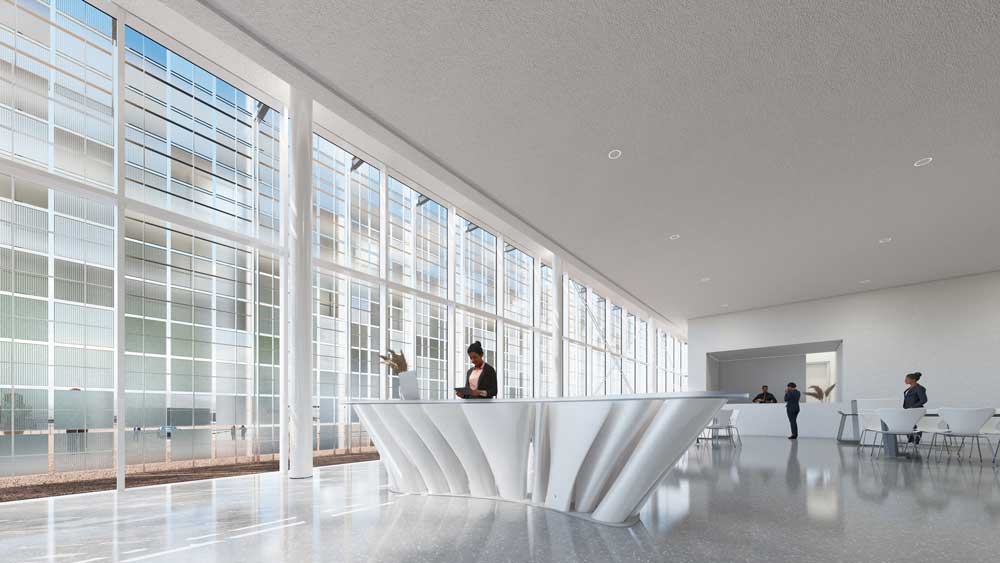
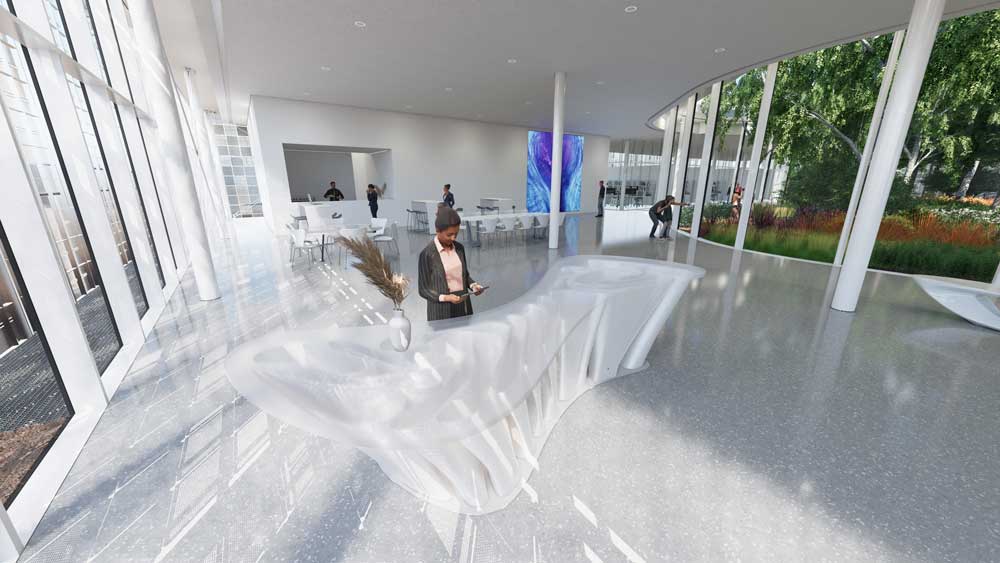




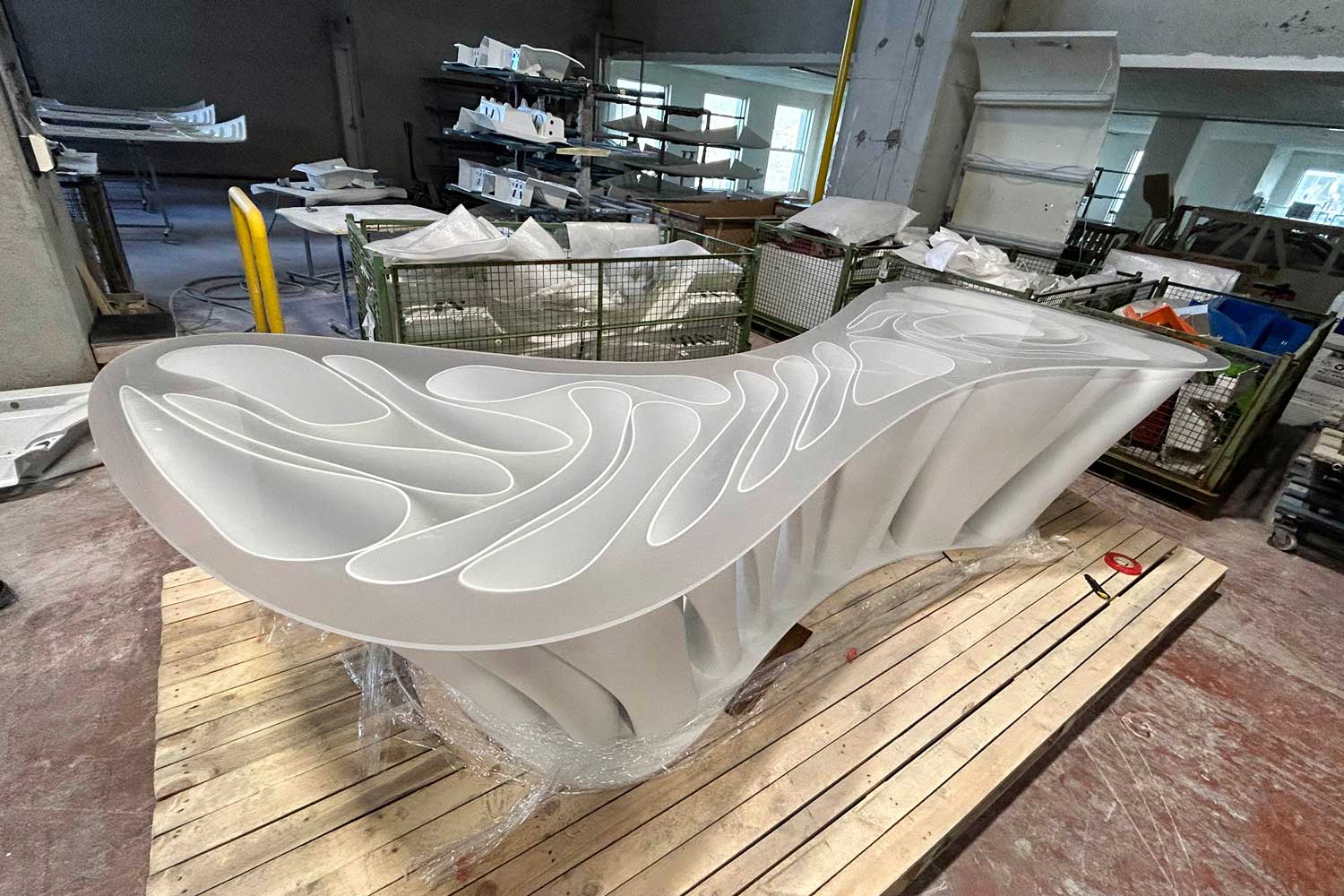













I find the design interesting, but I’m worried about its careless use of the word ‘sustainability’. From what I can tell, the project used a significant amount of raw PLA and acrylic, which doesn’t seem to align with creating a ”more sustainable future” as it claims. Additionally, I noticed that the surface looks very smooth, which may have been achieved by sanding or coating it, or both. Unfortunately, these processes can be quite harmful to the environment. Sanding creates a lot of microplastics that can have a long-lasting impact on nature while coating it could make it impossible to recycle (since PLA doesn’t biodegrade in nature and requires specific facilities for degradation). I am not criticizing the project, but its branding. It is wrong to promote applications with such a high impact on nature as sustainable. Perhaps the team could revisit the product descriptions and clarify how it’s eco-friendly.